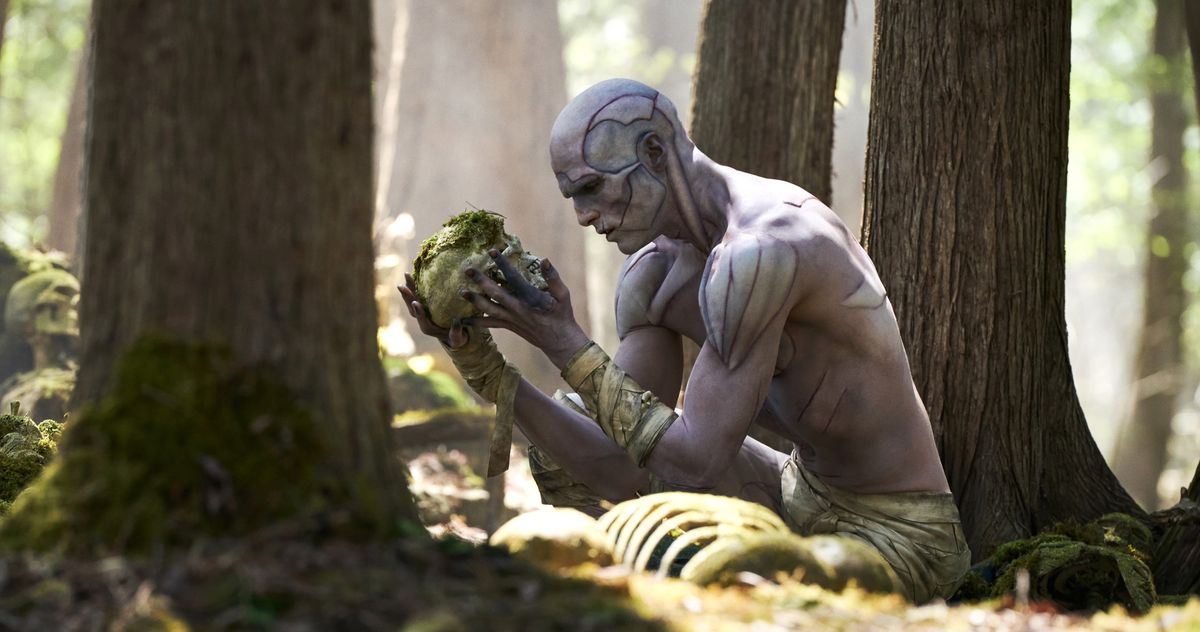
"Federico Luppi slurping up blood in Cronos? Dashing. Luke Goss's bone structure as a vampire prince in Blade II and an elf prince in Hellboy II: The Golden Army? Breathtaking. The muscle definition on Doug Jones's Amphibian Man in The Shape of Water? Yowza! Del Toro's films ask us to see the other for all their qualities, beyond our stereotypes or assumptions."
"Creator and creation chase each other to the Arctic Circle, where Victor Frankenstein dies on a ship, leaving the Creature with a sense of regret for what they've put each other through. He now believes that only in death "must I find my happiness ... my only consolation. Polluted by crimes and torn by the bitterest remorse, where can I find rest but in death?" He leaps from the ship and disappears into the icy waves, seemingly to fulfill his vow."
Guillermo del Toro frequently portrays monsters as attractive and humanized, emphasizing their qualities beyond stereotypes. The Creature in del Toro's Frankenstein appears as a tall, muscular, conventionally handsome figure with immaculate features. Jacob Elordi underwent extensive prosthetics work but retains an idealized physical presence. The film removes significant physical and moral flaws from the Creature, reframing him as a misunderstood romantic pinup. The film's ending departs from the classic tragic outcome: instead of dying in remorse, the Creature reconciles with his creator, receives forgiveness, and departs in a state of acceptance rather than despair.
Read at Vulture
Unable to calculate read time
Collection
[
|
...
]